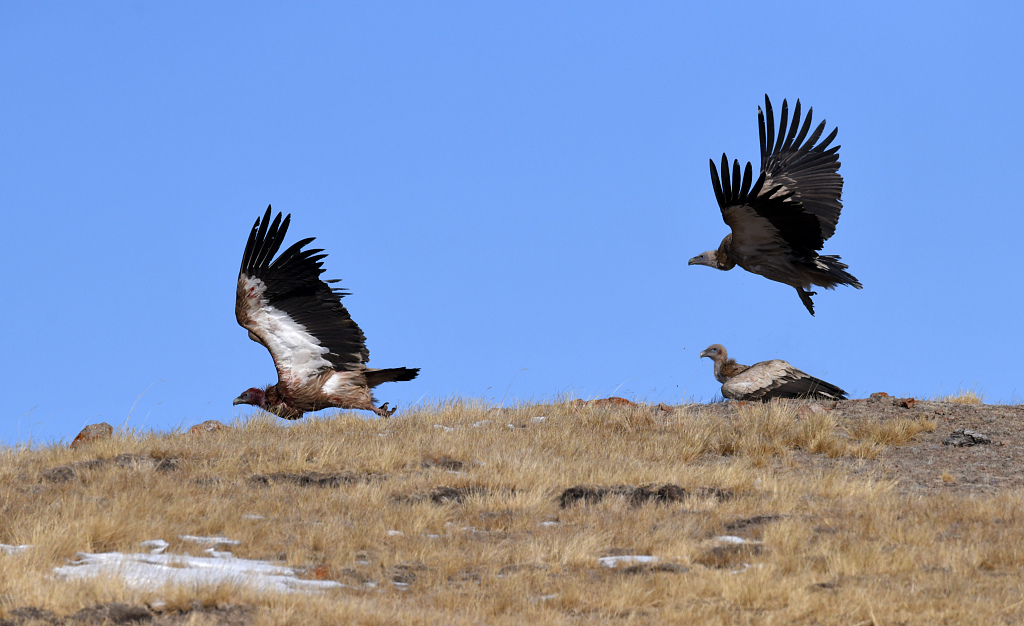
When it comes to understanding the behaviors of birds in the wild, aggression is a trait that varies not only by species but also by context. Two birds often compared for their scavenging habits and ecological roles are ravens and vultures. While they share certain similarities, their approaches to feeding, defending territory, and interacting with others differ significantly. To determine which bird is more aggressive, we need to consider several behavioral aspects, such as feeding habits, social structure, territoriality, and interactions with other species.
Feeding Behavior
Ravens are opportunistic omnivores and highly intelligent birds. They actively compete for food, often displaying aggressive behavior toward other birds, animals, and even their own kind when resources are limited. A raven may chase away smaller birds, harass larger predators, or work in pairs or small groups to dominate a food source. Their intelligence and adaptability allow them to exploit a wide range of food types—from carrion to crops to garbage—sometimes bringing them into direct conflict with others.
Vultures, on the other hand, are obligate scavengers. They typically feed on carrion and prefer to avoid confrontation. However, not all vultures are alike. For example, the black vulture is known to be more assertive and may even display aggressive behavior toward other scavengers or weak animals. In contrast, the turkey vulture is more submissive and relies on its acute sense of smell to find food, often arriving early and yielding to more dominant scavengers. Vultures are more likely to fight over food at a carcass, especially if it’s a limited resource, but their aggression is usually situational and less strategic than that of ravens.
Social and Territorial Behavior
Ravens are more territorial than vultures. Mated pairs often defend their nesting and feeding areas with vigor. They use vocalizations, aerial displays, and even physical attacks to keep intruders at bay. Their high level of intelligence contributes to complex social interactions and calculated aggression. When defending food or mates, ravens can become surprisingly fierce and persistent.
Vultures, in contrast, are generally less territorial. They are more communal in nature, feeding in large groups and nesting in colonies. Although dominance hierarchies exist among vultures, especially at feeding sites, their aggression tends to be limited to squabbles over access to food rather than territory or mates. This communal behavior helps reduce prolonged conflict, but can result in short bursts of aggression among group members.
Aggression Toward Other Species
Ravens are known to be aggressive toward other bird species and even mammals. They have been observed raiding nests, stealing eggs or chicks, and scaring off competitors. Their boldness and intelligence allow them to take calculated risks, especially when hungry or defending a valuable resource.
Raven vs Vulture: The Verdict
In the comparison of raven vs vulture, ravens tend to be more aggressive overall. Their high intelligence, territorial nature, and opportunistic feeding behavior make them more confrontational and assertive than vultures, who are more specialized scavengers with a preference for group feeding and avoidance of conflict.
Conclusion
While both ravens and vultures serve essential roles in the ecosystem, ravens stand out as more aggressive due to their strategic behaviors, territorial instincts, and interactions with a wide variety of species. Vultures may show aggression when food is scarce, but their overall approach is more passive and communal. Understanding these differences helps us appreciate the unique roles each bird plays in nature’s balance.
Comments on “Are Ravens or Vultures More Aggressive?”